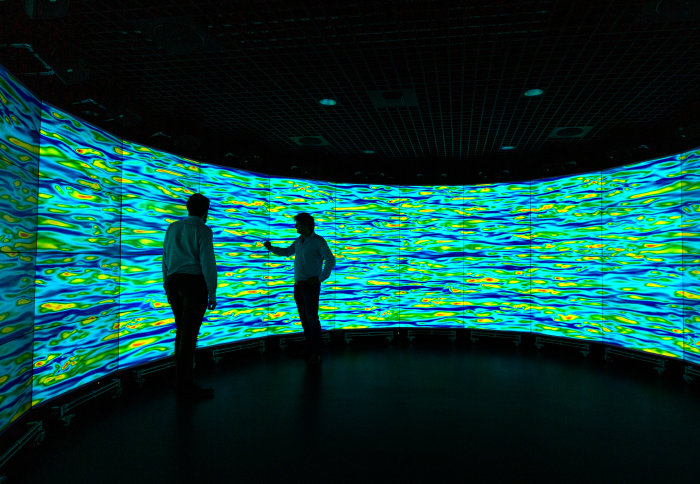Imperial and Singapore’s NTU launch technology seed fund for early-stage science

A joint seed fund for early stage research has been launched by Imperial College London and Singapore’s Nanyang Technological University (NTU).
The NTU-Imperial Research Collaboration Fund aims to help kick-start ‘blue skies’ research ideas that might not otherwise be pursued.
The Fund will focus on research under the overarching theme of:
Data 4.0 – Leading the fourth industrial revolution with data-driven technologies.
Imperial and NTU say the fund will support early-stage collaboration among academics, researchers and students at Imperial and NTU by providing funding for hackathons, networks, workshops and travel.
A total sum of £40,000 from Imperial and SGD$70,000 from NTU in will be awarded each year to successful Imperial and NTU teams, to develop and reinforce lasting contacts with the very best researchers in their field.
The deadline for the submission of applications is 31 January 2020.
Imperial and NTU

The seed fund further strengthens Imperial’s links with NTU. In 2017, the two world leading institutions opened the Lee Kong Chian School of Medicine in Singapore.
The School’s bespoke programme builds on Imperial’s world-renowned medical curriculum as it trains the next generation of Singaporean doctors. The innovative LKCMedicine curriculum takes a care-centred approach, harnessing team-based learning and the latest digital technology.
Researchers at Imperial and NTU are also collaborating in robotics. A team of scientists have developed the first interactive robot controller to learn behaviour from the human user and use this to predict their next movements.
The researchers developed a reactive robotic programming system that lets a robot continuously learn the human user’s movements and adapt its own movements accordingly. Next, the team will apply
the interactive control behaviour for robot-assisted neurorehabilitation and for shared driving in semi-autonomous vehicles.
Article text (excluding photos or graphics) © Imperial College London.
Photos and graphics subject to third party copyright used with permission or © Imperial College London.
Reporter
Stephen Johns
Communications Division